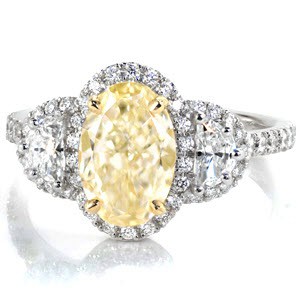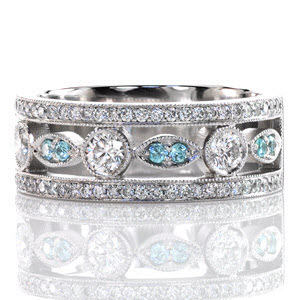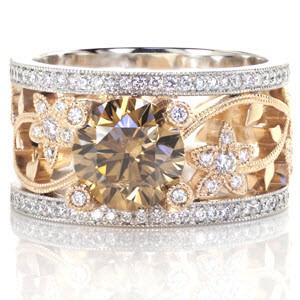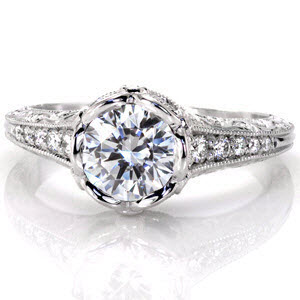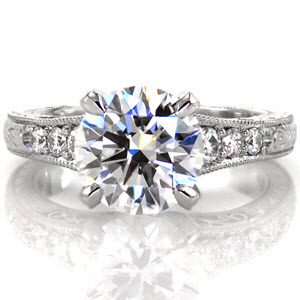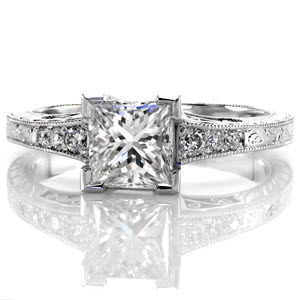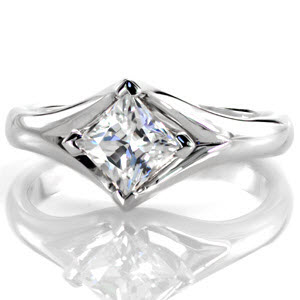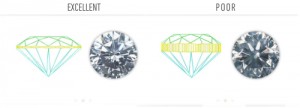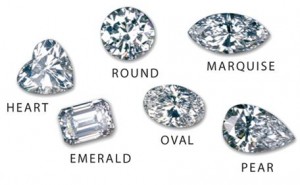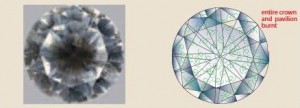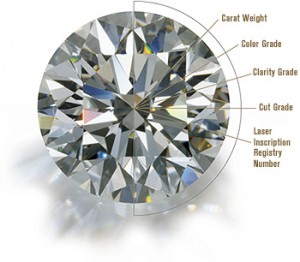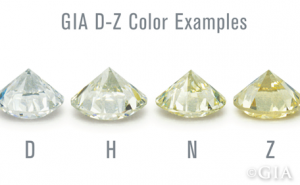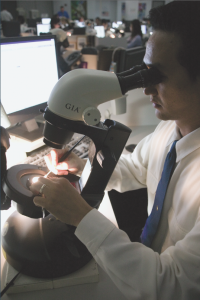Colored diamonds are among the rarest and most coveted gemstones on the planet today. Their legendary nature dates back to ancient times, and they continue to remain some of the most awe-inspiring stones in the world. In fact, only one in 10,000 diamonds has a vibrant color, and the most expensive gemstone ever auctioned – the Graff Pink Diamond – sold for a staggering $46,000,000. These diamonds are rare, beautiful, and superbly valuable, and they would make a great addition to your very own custom engagement ring. At Knox Jewelers, we have extensive experience in working with all kinds of gemstones, including colored diamonds, and we would love to have the opportunity to design a work of art just for you and your loved one. Let’s take a closer look now at the history and background of colored diamonds to see just why they’re so special and valued.
The History and Legacy of Colored Diamonds
Ancient India is the origin of the world’s first color-grading system for diamond stones, wherein they served as a mark of honor and reputation in the caste structure of the country. Depending upon an individual’s specific role in society, they were permitted by the ruling castes to wear one of many different known colored stones of that era.
Since then, the jewelry industry has adopted a number of more modern grading systems for these diamonds, and these systems continue to evolve as the years march forward. Sources of colored diamonds include Southeast Asia and South America in a variety of different countries, including Brazil and Indonesia. From Australia, the Argyle mine produces stunning pink diamonds – among the most coveted of this class of gemstone.
The Rarity and Splendor of Colored Diamonds
Although many of our clients are familiar with the classic gemstones such as sapphires, rubies, and emeralds, many of them are not so familiar with colored diamonds. Nonetheless, these diamonds can easily match the beauty of the former gemstones, and they are bound to make a great addition to any piece of jewelry. After all, there is nothing quite like having a stunning colored diamond center stone to adorn your engagement ring or other jewelry.
Colored diamonds are certainly making a comeback in the industry today, and “fancy colored diamonds” – that is, diamonds which have rich hues and intense colors – are among the most prized by both designers and customers. Colored diamonds are achieving this new found popularity by combining those qualities which make more traditional gemstones like ruby and sapphire so renowned with the durable and enduring properties of diamond. Without a doubt, these rare gems will continue to gain market share and repute.
Design Your Very Own Unique Engagement Ring at Knox Jewelers
At Knox Jewelers, we are experts in designing heirloom jewelry that will last for countless generations and stand the test of time. We want to help you design a custom engagement ring with a colored diamond center stone that truly evokes feelings of love, loyalty, and family – all the necessary ingredients in the creation of a true heirloom. We are proud to help our valued clients to physically manifest these eternal bonds and relationships, and we look forward to helping you create your very own design.
We start with a consultation to determine what your goals are for the piece. Then, we help you select the perfect center stone. Finally, we will make final adjustments to the design and select a metal for the base. As our talented jewelers bring your creation to life, we’ll send you photos of its progress along the way. This process is truly intimate and one-of-a-kind, and you’re sure to remember it fondly well into the future.
Have Any Questions? Let Us Know: We’re Always Happy to Help!
If you happen to have any questions at all about colored diamond stones or the jewelry creation process at Knox Jewelers, please be sure to let us know. We’re always happy to answer any questions you may have, and we look forward to working together with you to design a work of art that will last and be passed down throughout the ages. Get in touch with our friendly and professional staff today, and we’ll get started on the journey to creating your very own, one-of-a-kind piece of custom jewelry.

